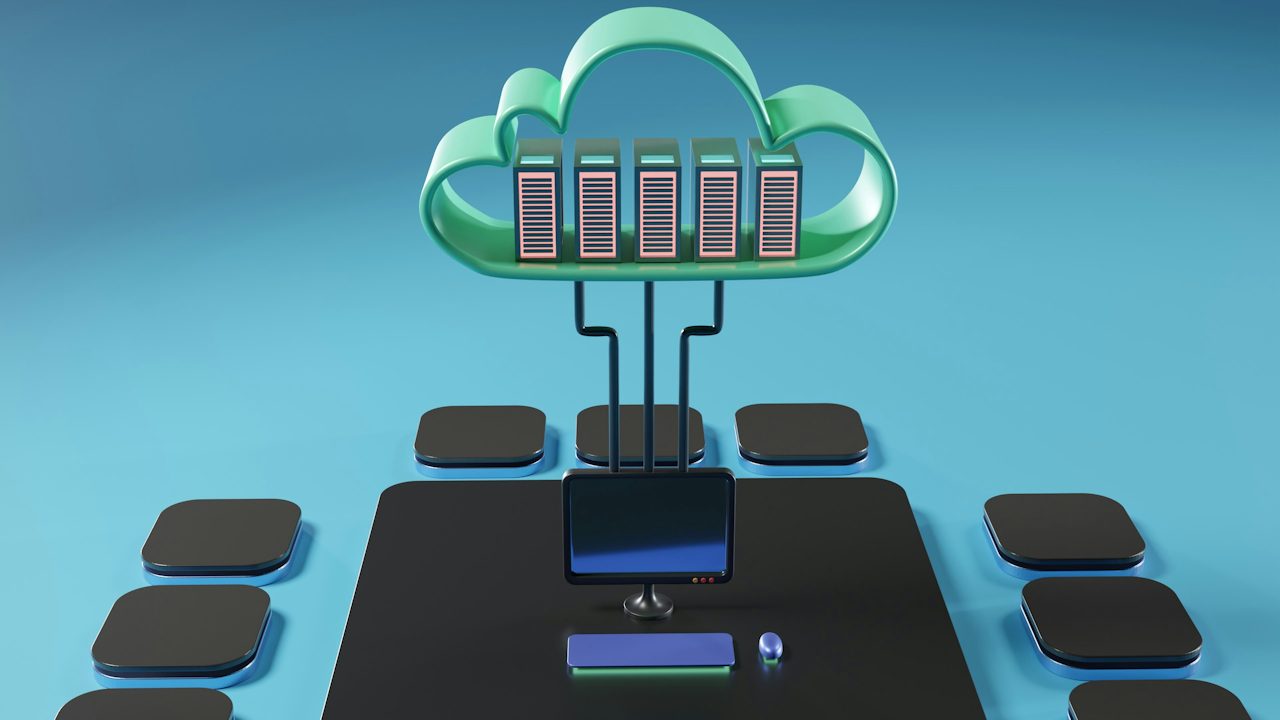The concept of “the cloud” has become deeply ingrained in our technological landscape. We rely on it for everything from storing photos and streaming movies to powering complex business operations. But what happens when the cloud isn’t enough? When latency becomes a bottleneck, bandwidth limitations hinder performance, and security concerns demand localized control? This is where the concept of “bringing the cloud closer” comes into play, primarily through the rise of edge computing.
Understanding the Cloud and its Limitations
Traditional cloud computing relies on centralized data centers, often located far from the end-users or devices generating the data. While this model offers scalability, cost-effectiveness, and accessibility, it also presents challenges:
- Latency: Data has to travel long distances to reach the data center for processing and then return, leading to delays. This can be problematic for applications requiring real-time responsiveness, such as autonomous vehicles or industrial automation.
- Bandwidth: Transferring vast amounts of data to and from the cloud can strain network capacity, especially with the proliferation of data-intensive applications and IoT devices.
- Connectivity: Cloud services rely on a stable internet connection. Any disruption in connectivity can hinder access to critical applications and data.
- Security and Privacy: Centralizing data in the cloud raises concerns about security breaches and data privacy, especially for sensitive information.
Edge Computing: The Solution
Edge computing addresses these limitations by bringing computation and data storage closer to the “edge” of the network, i.e., closer to the devices and users generating the data. Instead of sending all data to a distant cloud, processing is done locally or in nearby edge servers. This approach offers several advantages:
- Reduced Latency: By processing data closer to the source, edge computing minimizes delays, enabling real-time decision-making and faster application performance.
- Lower Bandwidth Consumption: Processing data locally reduces the amount of data that needs to be transmitted to the cloud, alleviating network congestion and lowering bandwidth costs.
- Improved Connectivity: Edge computing allows applications to function even with intermittent or limited internet connectivity, as local processing can continue uninterrupted.
- Enhanced Security and Privacy: Sensitive data can be processed and stored locally, reducing the risk of exposure and ensuring compliance with data privacy regulations.
Applications of Edge Computing
The benefits of edge computing are driving its adoption across various industries and use cases:
- Internet of Things (IoT): Edge computing is crucial for processing the massive amounts of data generated by IoT devices in real-time, enabling applications like smart homes, connected vehicles, and industrial automation.
- Autonomous Vehicles: Self-driving cars require instantaneous processing of sensor data to navigate safely, making edge computing essential for their operation.
- Industrial Automation: In manufacturing and other industrial settings, edge computing enables real-time monitoring and control of equipment, improving efficiency and preventing downtime.
- Healthcare: Edge computing can facilitate remote patient monitoring, telehealth services, and real-time analysis of medical data, improving healthcare delivery and outcomes.
- Retail: Edge computing can enhance customer experience in retail by enabling personalized recommendations, real-time inventory management, and interactive displays.
- Telecommunications: Edge computing is essential for deploying 5G networks and supporting bandwidth-intensive applications like virtual reality and augmented reality.
Challenges and Considerations
While edge computing offers significant benefits, it also presents some challenges:
- Infrastructure Management: Deploying and managing a distributed network of edge servers can be complex and require specialized expertise.
- Security: Securing edge devices and data requires a different approach compared to centralized cloud environments, as edge deployments are often more dispersed and vulnerable.
- Scalability: Ensuring that edge solutions can scale to meet growing data volumes and application demands can be a challenge.
- Cost: Deploying and maintaining edge infrastructure can be expensive, especially for large-scale deployments.
The Future of Edge Computing
Despite these challenges, edge computing is poised to play a transformative role in the future of technology. As more devices and applications rely on real-time data processing and low latency, the demand for edge computing solutions will continue to grow. Advancements in areas like 5G, artificial intelligence, and serverless computing will further accelerate the adoption of edge computing.
In conclusion, bringing the cloud closer through edge computing is not just a technological trend, but a fundamental shift in how we think about data processing and application deployment. By enabling real-time insights, improving connectivity, and enhancing security, edge computing is unlocking new possibilities across industries and shaping the future of our connected world.

